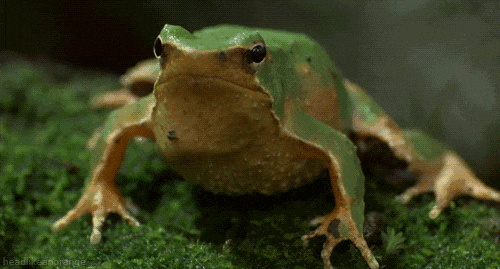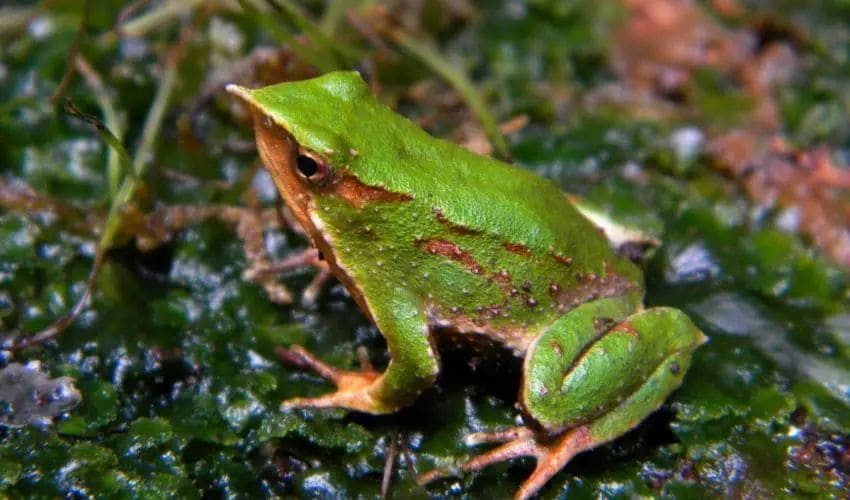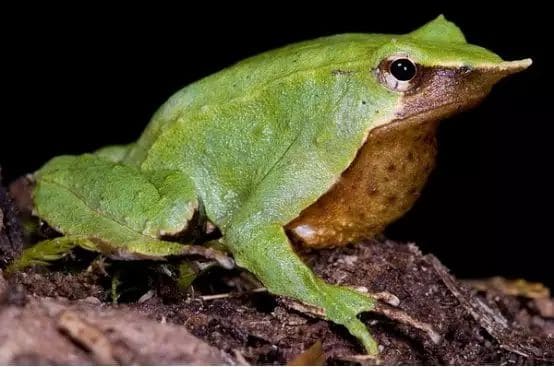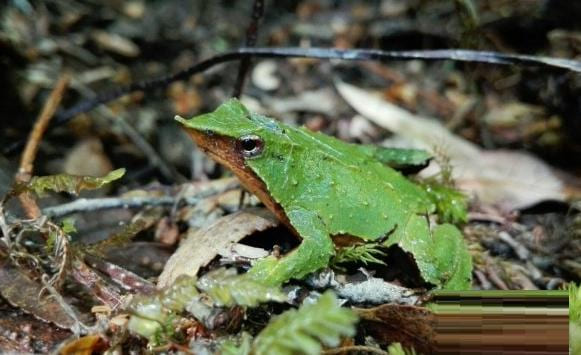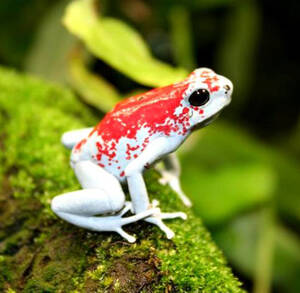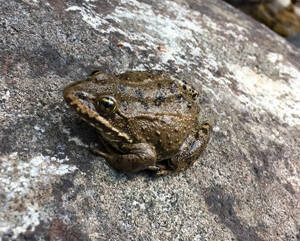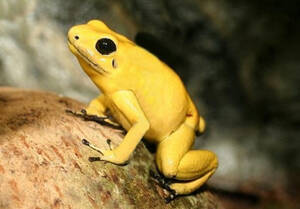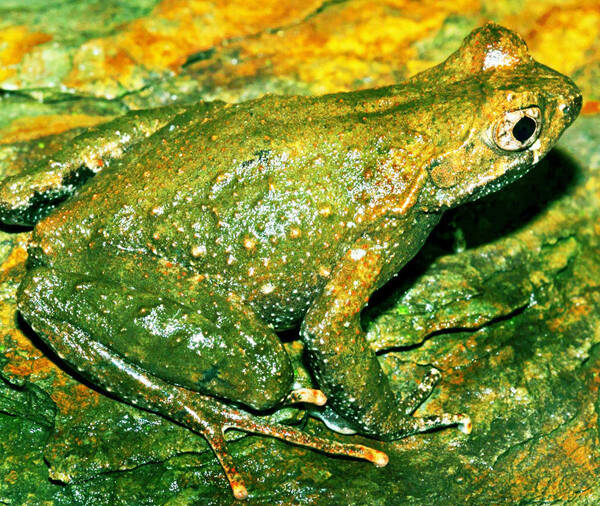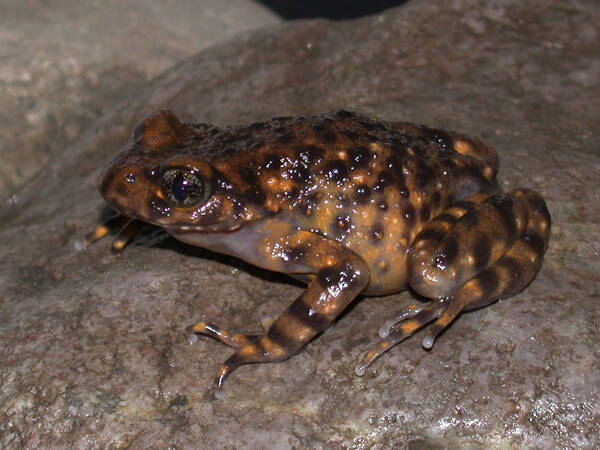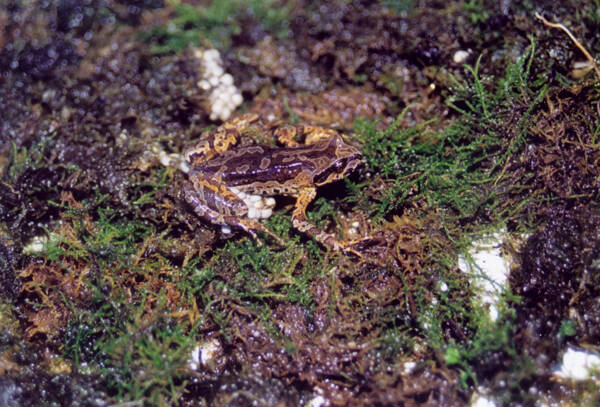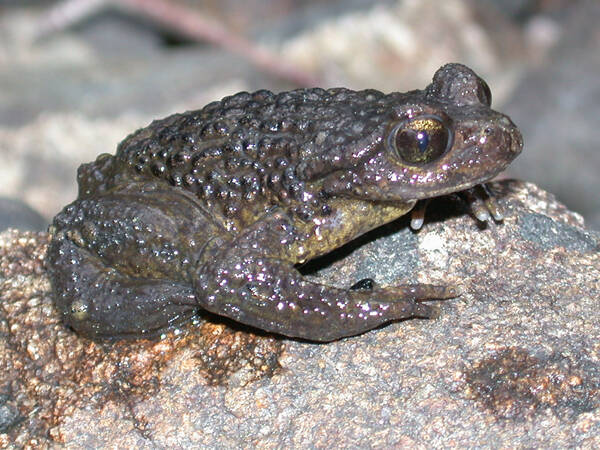Darwin’s Frog
IUCN
ENBasic Information
Scientific classification
- name:Darwin’s Frog
- Scientific Name:Rhinoderma darwinii
- Outline:Anura
- Family:Rhinodermatidae Rhinoderma
Vital signs
- length:2.2–3.5 cm
- Weight:c. 2–4 g
- lifetime:Estimated 5–10 years in the wild
Feature
Male vocal‑sac brooding; tiny leaf‑litter frog; nasal snout tip; thanatosis behaviour.
Distribution and Habitat
Temperate Nothofagus forests of S Chile and SW Argentina near clean streams and seepages.
Appearance
Mottled green‑brown dorsum; black‑and‑white marbled belly; small nasal projection; large eyes.
Details
Darwin’s frog (Rhinoderma darwinii) is a tiny terrestrial frog of temperate forests in southern Chile and southwestern Argentina, famous for the male’s unique vocal‑sac brooding: after eggs hatch, the male sucks the tadpoles into his mouth and transfers them to the vocal sac until they metamorphose and are released as froglets. The species has declined due to habitat loss, disease and disturbance; IUCN status: Endangered (EN).
Basics
Scientific name: Rhinoderma darwinii
Size: adults 2.2–3.5 cm (females slightly larger)
ID: small nasal “snout” tip; mottled green‑brown dorsal colours; black‑and‑white marbled belly.
Ecology
Occupies leaf‑litter, moss and woody debris near clean streams and seepages; feeds on small invertebrates. Males guard eggs and then brood tadpoles in the vocal sac for ~6–8 weeks; startle response may include thanatosis (feigning death).
Threats & Conservation
Habitat loss/fragmentation from logging, exotic plantations and roads, reducing understorey humidity and water quality.
Disease such as chytridiomycosis (Batrachochytrium dendrobatidis).
Disturbance and past collection (tourism, pet trade history).
Priorities: protect/restore native forests and riparian microhabitats, monitor disease, control collection and improve public awareness.
FAQ
Q1. Why “Darwin’s” frog?
Named after Charles Darwin, who reported the species during his South American voyage.
Q2. How does the male brood young?
He takes newly hatched tadpoles into his mouth and houses them in the vocal sac until metamorphosis.
Q3. What about the Chile Darwin’s frog (R. rufum)?
A related species not seen for decades and assessed as CR (possibly extinct); this page covers R. darwinii.
